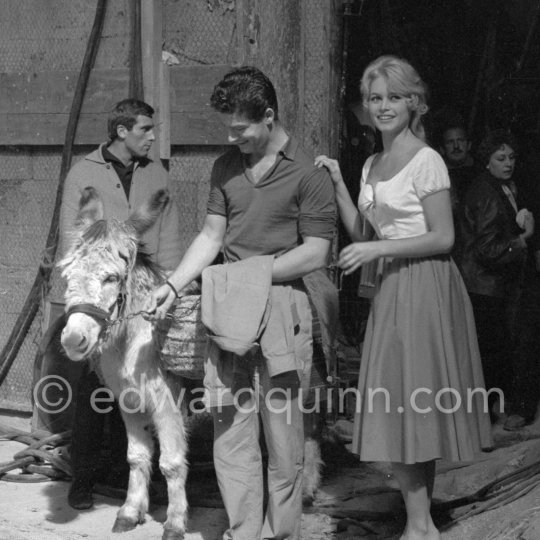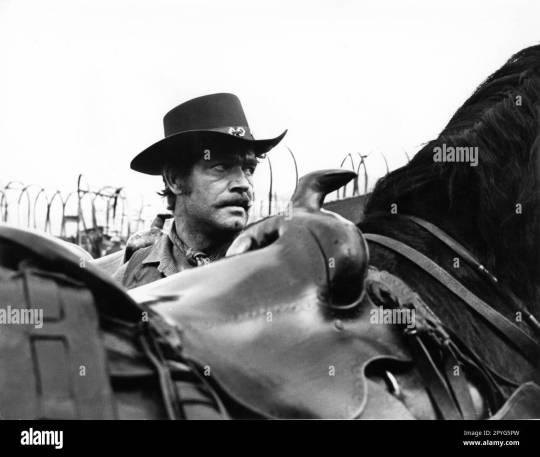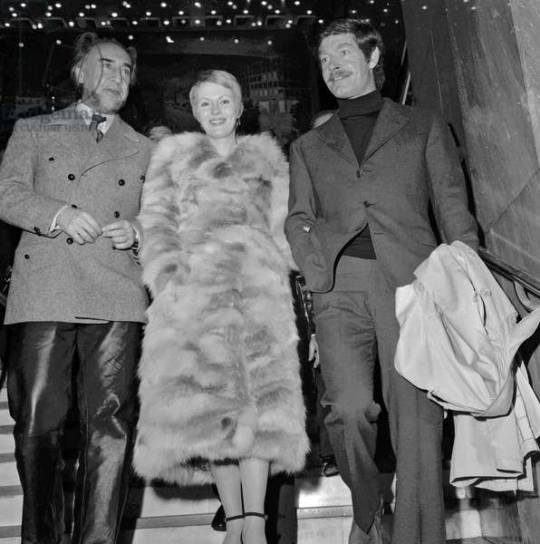#Shalako
Explore tagged Tumblr posts
Photo

“Shalako” by Edward Dmytryk (1968) Brigitte Bardot in #Almeria
28 notes
·
View notes
Text


Brigitte Bardot in Shalako (1968)
323 notes
·
View notes
Photo

Terry O’Neill. Brigitte Bardot before the filming of 'Shalako' in Deauville’. 1968
Follow my new AI-related project «Collective memories»
#BW#Black and White#Preto e Branco#Noir et Blanc#黒と白#Schwarzweiß#retro#vintage#Terry O’Neill#Brigitte Bardot#Shalako#Deaville#France#1968#1960s#60s#portrait#retrato#Celebs#celebridade#ポートレート#肖像#Porträt#Berühmtheit#有名人#名士#célébrité#名人#celebridades#celebryci
45 notes
·
View notes
Text
The first issue of the Atlantis Chronicles mini series, cover date March 1990, explained why the chronicles were written and gave the events that lead up to Atlantis sinking in the Great Deluge. The issue introduced Cora, Dardanus, Loma, Narmea, Orin the First, Shalako, Albart, Rajar, Alloroc, Bazil, and the Skull-Shaped Asteroid. They were created by Peter David and Esteban Maroto. ("Chapter One: The Deluge" Atlantis Chronicles 1, DC Comic Event)

#nerds yearbook#real life event#first appearance#comic book#dc#dc comics#march#1990#peter david#esteban maroto#atlantis#mermen#mermaid#atlantis chronicles#cora#dardanus#loma#narmea#orin the first#shalako#albart#rajar#suula#alloroc#poseidons#atlantean
4 notes
·
View notes
Text
Something I wonder if was initially intended but never developed...



Atlantis Chronicles #2
So, when Shalako creates the dome around Tritonis, they are pretty clear about continually referring to it (and other abilities associated with it) as hard water. And I think OK maybe that's just how aquaman writers refer to this type of water, it doesn't have anything to do with mera?
But then, when Atlan is giving Atlanna (Arthur/Orin's mom) predictions about her son, he says this:

Atlantis Chronicles #7
So, was Mera initially supposed to have powers that were associated with the Dark Gods Shalako gained his powers from in Atlantis Chronicles, but David dropped the plot point? Was like... proto-xebel/re-imagined-dimension-aqua a place in the world of the dark gods or worshipers of such creatures???? We don't know b/c while these hints are here (shalako using hard water, which early comics define as something everyone in mera's dimension do, and then atlan referring to the woman arthur has a child with (and they both leave him) as from the world of the dark gods), David literally never does anything interesting with any of the female characters in his run aaaaaaaaaaa
#dc comics#fade reads dc comics#atlan#atlanna#arthur curry#aquaman#mera#aquafam#shalako#atlantis chronicles
9 notes
·
View notes
Text
Winter Solstice
The Winter Solstice for 2023 will occur on December 21 at 7:27 PM Why are there so many Holidays and Holy Days at this time of year? Why do so many of them, especially in the Northern Hemisphere, seem to emphasize light, especially light in contrast to the darkness? Likely this is because of the Winter Solstice. Stonehenge, a Celtic monument built for the Solstices, perhaps as much as 5000…

View On WordPress
8 notes
·
View notes
Text


3 notes
·
View notes
Text




2 notes
·
View notes
Text
Shalako, 1968
In 1880, in New Mexico, a group of European hunters come into conflict with the Apache, but are aided by a former horseman who has become a guide.

Brigitte Bardot
3 notes
·
View notes
Text

📸 ⭐⭐⭐ New photo from the filming of Shalako on Monsul beach car park. Brigitte Bardot, Sean Connery, Julian Mateos and director Edward Dmytryk in early 1968. 📽️ 🎬 🌵 🤠
#brigitte bardot#sean connery#edward dmytryk#julian mateos#shalako#cinema#almeria#western#cabo de gata
3 notes
·
View notes
Text



Brigitte Bardot in Shalako (1968)
144 notes
·
View notes
Text




Shalako Bolo Tie by Jonathan Beyuka (Zuni Pueblo)
#Jonathan Beyuka#Zuni Pueblo#Zuni#Inlay#Bolo Tie#Shalako dancer#Turquoise#Mother of Pearl#Onyx#Silver#Coral#jewelry
1 note
·
View note
Text

Brigitte Bardot during the filming of “Shalako”, 1968
419 notes
·
View notes
Text
2 notes
·
View notes
Text
Shalako right before getting murdered by his own followers : let's ask these dark gods to curse my perceived to be disloyal followers minds, surely that will have no drawbacks
2 notes
·
View notes
